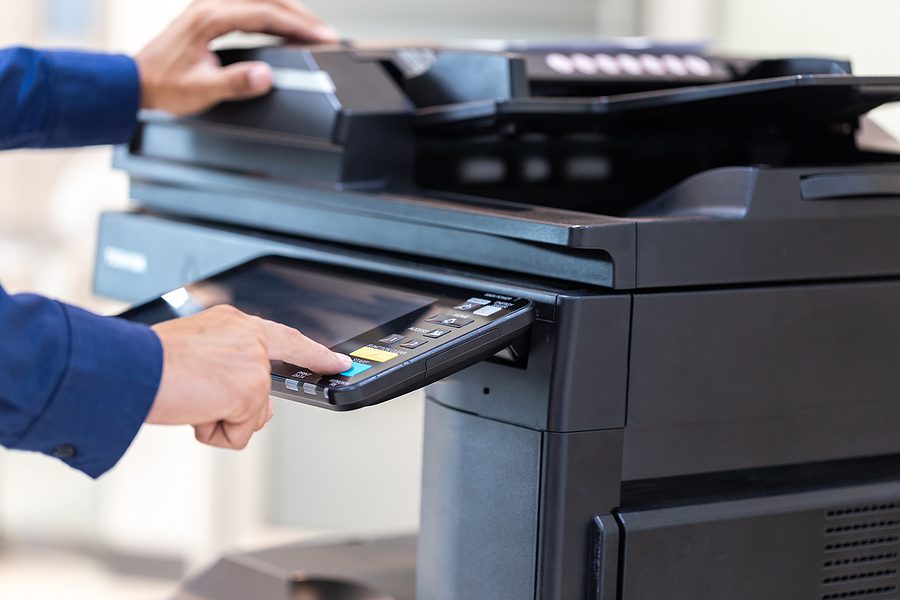What Kind of Information is Stored on Your Commercial Office Machines?
You know you need to shred your sensitive paper documents. You know you need to destroy your old hard drives. But to be truly secure, that may not be enough. Depending on how often you use some of your office equipment, you could have a year’s worth of information stored in your printer, scanner, or fax machine. While small, there is still a risk of having this information out there, and as a business owner, it’s important to be aware.

Which Office Equipment Could be Storing Sensitive Information?
When you think of office equipment that stores information, you probably think of hard drives. However, there is other equipment in your office that could be storing information. Printers, scanners, and even fax machines house storage, whether the equipment is hard wired or wireless. This doesn’t just apply to new equipment either. Printers, scanners, and fax machines have had this capability for nearly thirty years. More complex machines, like 3D printers and CAD equipment can also store information locally. If you have any of this office equipment, your information may be stored there.
Why Does This Equipment Have Storage Capabilities?
These office machines store information for a good reason. To print more efficiently, the printer saves the job to its internal memory, eliminating lag time or stalled jobs due to poor connections. Scanners and fax machines operate on the same logic. They store the scanned or faxed material in the internal memory to send it to the final destination smoothly. This is a good thing. Even if the internet connection is spotty, your office machinery can handle a print, scan, or fax smoothly.
Where is the Information Stored?
Some of the devices use their own hard drives for storage, while others use simple flash storage, which is considered “short term memory”. If your devices only have flash storage, the information is only stored on the machine for the duration of the job. Once the machine is powered down, the memory is reset. While it’s possible to retrieve the data in some cases, it’s not easy and not likely. If your machine has its own hard drive, it can store information much longer. Some printers can hold a few dozen print jobs, overwriting the oldest as the newest come through, and some can hold a few thousand in their internal memory.
How Can You Destroy this Information?
First, if you are replacing any of your old office equipment, have the old equipment professionally destroyed. Not all data destruction companies have the capabilities to do this. You probably know this from your computers and hard drives, but it is also true of any device with internal memory. If you have any doubt, call in the professionals for totally secure data destruction. You don’t want to simply donate an old printer, then find that by hitting “reprint”, another party may have access to your sensitive information. If your printer doesn’t have its own hard drive for longer term storage, unplug the machine for at least 60 seconds, which should clear the temporary memory. It’s also recommended that you send a few non-sensitive, yet complicated print jobs, which should overwrite any temporary memory. Your machine may also have a factory reset option, and if so, this is an easy way to clear the storage.
When you are ready to replace your old office equipment, contact AccuShred to see if sensitive information could be hiding on your devices. Total destruction may seem extreme, but it’s the best way to protect your business and all of your company’s data. To learn more about our data destruction services including hardware destruction and mobile shredding, contact us today.








